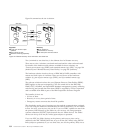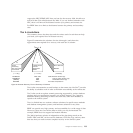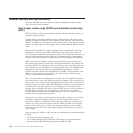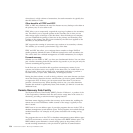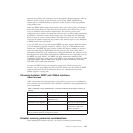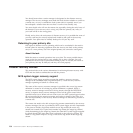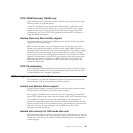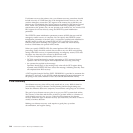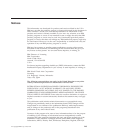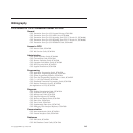
If a disaster occurs at the primary site, your disaster recovery procedures should
include recovery of VSAM data sets at the designated remote recovery site. You
can then emergency restart the CICS regions at the remote site so that they can
backout any uncommitted data. Special support is needed for RLS because record
locks, which were protecting uncommitted data from being updated by other
transactions at the primary site, are not present at the remote site. You invoke CICS
RLS support for off-site recovery using the OFFSITE system initialization
parameter.
The OFFSITE system initialization parameter protects all RLS data sets until all
emergency restart recovery is complete. You can specify this OFFSITE system
initialization parameter at run-time only—it cannot be specified and assembled in
the SIT—and it is valid only when START=AUTO is specified. You specify
OFFSITE=YES when restarting CICS regions at a remote site when recovery
involves VSAM data sets opened in RLS mode.
When you specify OFFSITE=YES, file control performs RLS off-site recovery
processing, under which file control does not allow any new RLS access during
startup. With RLS recovery in operation during an emergency restart, CICS does
not allow any data sets to be accessed in RLS mode until:
v CICS has completed all outstanding RLS recovery work.
v CICS file control has issued a message requesting a “GO” response from an
operator when all CICS regions have completed RLS recovery processing.
v An operator has replied to the message.
Operators should reply to the message only when all the CICS regions being
restarted with OFFSITE=YES have issued the message, indicating that they have
all completed their RLS recovery.
A CICS-supplied sample NetView EXEC, DFH$OFAR, is provided to automate the
detection of, and reply to, the WTOR console messages. For more information, see
the prolog in the source member of the CICSTS41.CICSSDFHSAMP. library.
Final summary
Your disaster recovery plan will be truly tested only at a very difficult time for
your business—during a disaster. Careful planning and thorough testing may
mean the difference between a temporary inconvenience and going out of business.
The goal of your disaster recovery plan is to get your CICS systems back online.
The currency of the data and the time it takes to get back online is a function of
which disaster recovery tier you use. Unless legal requirements for disaster
recovery dictate the type of disaster recovery you must have, the choice of tiers is
usually a business decision.
Making your disaster recovery work requires a good plan, up-to-date
documentation, and regular testing.
240 CICS TS for z/OS 4.1: Recovery and Restart Guide



